Home>Gardening & Outdoor>Landscaping Ideas>How Often To Water Grass In California
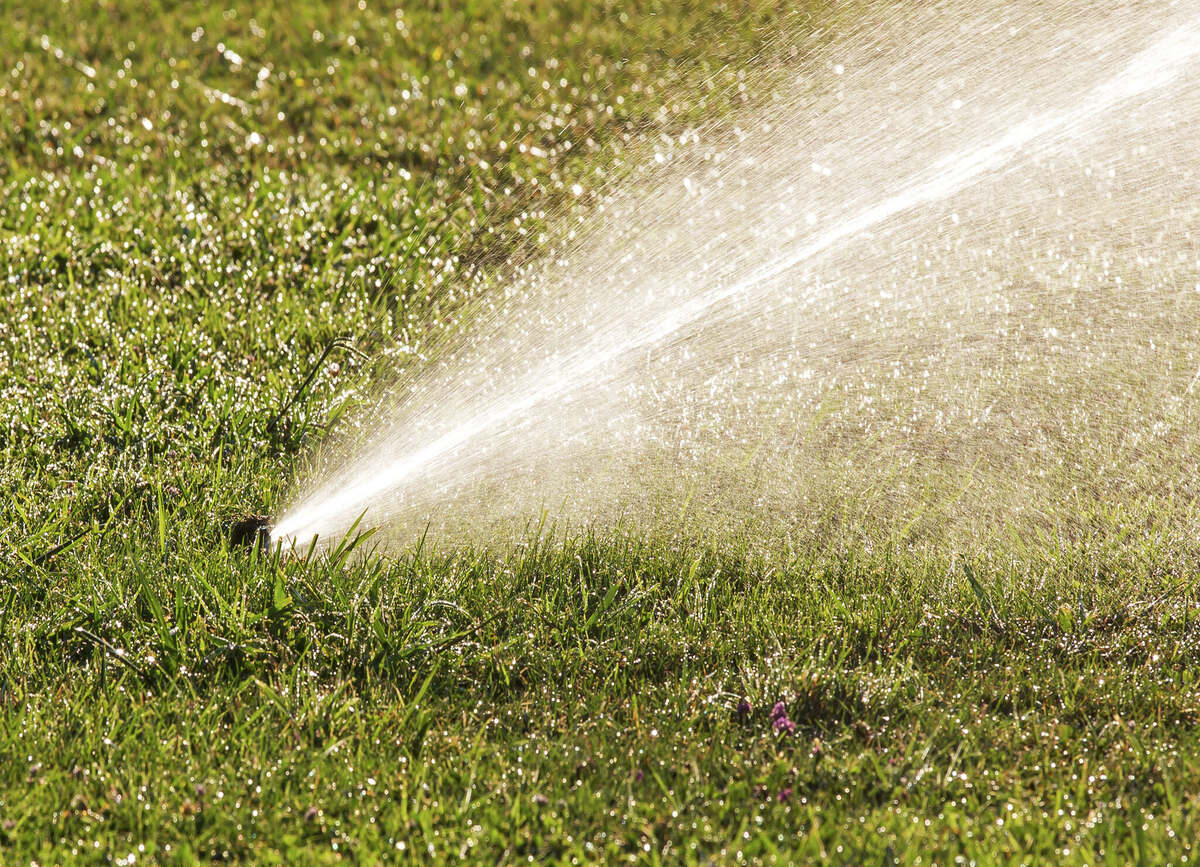

Landscaping Ideas
How Often To Water Grass In California
Modified: August 16, 2024
Discover the best watering schedule for your California grass with expert landscaping ideas. Keep your lawn lush and healthy all year round.
(Many of the links in this article redirect to a specific reviewed product. Your purchase of these products through affiliate links helps to generate commission for Storables.com, at no extra cost. Learn more)
Introduction
Maintaining a lush, vibrant lawn in California can be a rewarding experience, but it requires careful attention to watering practices. The frequency of watering your grass is a crucial factor that directly impacts its health and appearance. In the diverse climate of California, where regions range from arid deserts to temperate coastal areas, understanding the specific needs of your grass is essential for achieving optimal growth and resilience.
Watering your grass may seem straightforward, but it's a task that demands thoughtful consideration. Factors such as the type of grass, soil composition, local climate, and seasonal variations all play a significant role in determining the ideal watering frequency. By gaining a deeper understanding of these elements, you can develop a tailored approach to watering that promotes the long-term vitality of your lawn.
In the following sections, we will delve into the key factors that influence the watering needs of grass in California. We will explore the recommended watering schedules for different types of grass, providing valuable insights to help you make informed decisions about your lawn care routine. Additionally, we will offer practical tips for efficient watering, empowering you to optimize your water usage while nurturing a healthy, resilient lawn.
Understanding how often to water your grass in California is a fundamental aspect of responsible lawn maintenance. By embracing this knowledge and applying it to your own lawn care practices, you can cultivate a thriving, verdant landscape that enhances the beauty of your outdoor space. Let's embark on this journey to uncover the best watering practices for your grass, ensuring that your lawn flourishes in the dynamic and diverse environment of California.
Key Takeaways:
- Tailor your watering schedule to your grass type, soil, climate, and sunlight exposure. This ensures optimal moisture levels for a healthy, vibrant lawn in California.
- Implement efficient watering practices like morning watering, deep watering, and water-efficient systems to conserve water and promote resilient grass growth in California.
Read more: How Often To Water The Grass
Factors Affecting Watering Frequency
The watering frequency for grass in California is influenced by a multitude of factors, each playing a crucial role in determining the specific needs of your lawn. Understanding these factors is essential for tailoring your watering practices to promote the health and vitality of your grass.
-
Grass Type: The type of grass in your lawn significantly impacts its watering requirements. For instance, cool-season grasses such as Kentucky bluegrass and fescue varieties have higher water needs compared to warm-season grasses like Bermuda grass and Zoysia grass. By identifying the specific type of grass in your lawn, you can adjust the watering frequency to align with its natural growth patterns and water requirements.
-
Soil Composition: The composition of your soil directly affects its water retention capabilities. Sandy soils drain water more rapidly, necessitating more frequent watering, while clay soils retain moisture for longer periods, requiring less frequent irrigation. Understanding your soil composition enables you to adapt your watering schedule to ensure optimal moisture levels for your grass.
-
Local Climate: California's diverse climate encompasses a range of temperature and precipitation patterns, influencing the watering needs of grass. Coastal regions experience milder temperatures and higher humidity, while inland areas endure hotter, drier conditions. By considering your local climate, you can adjust your watering frequency to accommodate the prevailing weather patterns and provide adequate moisture for your grass.
-
Seasonal Variations: The changing seasons in California directly impact the watering requirements of grass. During the hot, dry summer months, grass may require more frequent watering to combat heat stress and dehydration. In contrast, cooler seasons demand reduced watering frequency as grass enters dormancy. Adapting your watering schedule to align with seasonal variations ensures that your grass receives the appropriate amount of moisture throughout the year.
-
Shade and Sunlight Exposure: The amount of shade and sunlight your lawn receives influences its water needs. Shaded areas retain moisture for longer periods, requiring less frequent watering, while sun-exposed areas may experience faster evaporation, necessitating more regular irrigation. By considering the sunlight exposure across your lawn, you can tailor your watering frequency to address the varying moisture requirements of different areas.
By taking these factors into account, you can develop a comprehensive understanding of the intricate elements that influence the watering frequency for grass in California. This knowledge forms the foundation for crafting a customized watering schedule that aligns with the unique characteristics of your lawn, ensuring that your grass thrives in the dynamic and diverse environment of California.
Recommended Watering Schedule for Different Types of Grass
Understanding the specific watering needs of different grass types is essential for maintaining a healthy and vibrant lawn in California. By tailoring your watering schedule to align with the natural growth patterns and water requirements of your grass, you can optimize moisture levels and promote lush, resilient turf. Here's a comprehensive guide to the recommended watering schedules for various types of grass commonly found in California:
Cool-Season Grasses:
Cool-season grasses, including Kentucky bluegrass, fescue varieties, and perennial ryegrass, thrive in the cooler temperatures of spring and fall. To ensure optimal growth and vitality, these grasses typically require more frequent watering during the active growing seasons. A recommended watering schedule for cool-season grasses in California involves providing approximately 1 to 1.5 inches of water per week, either through natural precipitation or supplemental irrigation. Dividing this total amount into two to three watering sessions throughout the week helps to promote deep root development and even moisture distribution.
Warm-Season Grasses:
Warm-season grasses, such as Bermuda grass, Zoysia grass, and St. Augustine grass, exhibit peak growth during the hot summer months. These grasses have lower water requirements compared to cool-season varieties and are well-adapted to California's warmer climate. A recommended watering schedule for warm-season grasses involves providing approximately 0.75 to 1 inch of water per week, either through rainfall or irrigation. To support the resilience and drought tolerance of warm-season grasses, it's beneficial to water deeply but infrequently, allowing the soil to dry out between watering sessions.
Read more: How Often To Water Zoysia Grass
Transition Zone Grasses:
In regions of California that experience a blend of both cool and warm climate characteristics, transition zone grasses such as tall fescue and fine fescue varieties are commonly cultivated. These grasses exhibit adaptable watering needs, requiring careful attention to seasonal variations and temperature fluctuations. A recommended watering schedule for transition zone grasses involves adjusting the irrigation frequency based on the prevailing weather conditions. During periods of heat and dryness, increasing the watering frequency to approximately 1 to 1.25 inches per week can help sustain the vigor and health of transition zone grasses.
By tailoring your watering schedule to the specific needs of the grass type in your lawn, you can optimize moisture levels and promote healthy, resilient turf that thrives in the diverse climate of California. Understanding the distinct watering requirements of cool-season, warm-season, and transition zone grasses empowers you to cultivate a lush, verdant lawn that enhances the beauty of your outdoor space.
Tips for Efficient Watering
Efficient watering practices are essential for promoting the health and vitality of your lawn while conserving water resources. By implementing strategic techniques and mindful approaches to irrigation, you can optimize moisture distribution, minimize water waste, and nurture a resilient, verdant landscape. Here are valuable tips for efficient watering that will empower you to elevate your lawn care routine:
-
Water in the Morning: Schedule your watering sessions in the early morning to capitalize on cooler temperatures and reduced wind speed. This timing minimizes water loss due to evaporation and ensures that the moisture penetrates deeply into the soil, promoting robust root development and enhancing the resilience of your grass.
-
Adjust Irrigation Frequency: Tailor your watering frequency to align with the specific needs of your grass and the prevailing weather conditions. During cooler periods or after rainfall, reduce the frequency of irrigation to prevent overwatering. Conversely, in hot, dry conditions, adjust the watering schedule to provide adequate moisture without promoting waterlogged soil.
-
Utilize Deep Watering Techniques: Encourage deep root growth by implementing deep watering techniques that allow moisture to penetrate the soil to a substantial depth. This promotes a stronger, more resilient root system that enhances the drought tolerance of your grass and reduces its dependence on frequent watering.
-
Employ Water-Efficient Irrigation Systems: Consider utilizing water-efficient irrigation systems, such as drip irrigation or rotary nozzles, to deliver targeted and uniform moisture distribution across your lawn. These systems minimize water runoff and ensure that the water reaches the root zone where it is most beneficial for the grass.
-
Monitor Soil Moisture Levels: Regularly assess the moisture levels in your soil to gauge the need for watering. Utilize moisture meters or perform simple soil moisture tests to determine when irrigation is necessary, preventing both under- and overwatering and promoting optimal growing conditions for your grass.
-
Mulch to Retain Moisture: Apply a layer of organic mulch, such as shredded bark or compost, around the base of plants and in garden beds to conserve soil moisture. Mulch helps to reduce evaporation, suppress weed growth, and maintain consistent soil moisture levels, contributing to efficient water usage in your landscape.
-
Practice Water-Smart Lawn Care: Embrace water-smart lawn care practices, including proper mowing heights, aeration, and soil amendments, to optimize the water retention capacity of your lawn. Healthy, well-maintained turf is better equipped to utilize water efficiently and thrive with reduced irrigation.
By incorporating these tips into your lawn care routine, you can elevate your approach to watering, fostering a healthy, vibrant lawn while minimizing water consumption. These efficient watering practices not only benefit the long-term health of your grass but also contribute to sustainable water management, aligning with responsible environmental stewardship.
Water your grass in California 1-2 times per week, depending on the season and weather conditions. Deep, infrequent watering encourages deep root growth and helps the grass withstand drought.
Conclusion
In conclusion, the frequency of watering grass in California is a multifaceted aspect of lawn care that demands thoughtful consideration and tailored approaches. By delving into the factors that influence watering frequency, such as grass type, soil composition, local climate, seasonal variations, and sunlight exposure, homeowners can gain a comprehensive understanding of their lawn's unique needs. This knowledge forms the foundation for crafting a customized watering schedule that aligns with the specific characteristics of the grass, ensuring optimal moisture levels and promoting robust, resilient turf.
Understanding the distinct watering requirements of cool-season, warm-season, and transition zone grasses empowers homeowners to cultivate a lush, verdant lawn that thrives in the diverse climate of California. By adhering to the recommended watering schedules for different grass types, individuals can optimize their lawn's health and vitality while conserving water resources. Efficient watering practices, such as scheduling irrigation in the morning, adjusting watering frequency based on weather conditions, and employing deep watering techniques, contribute to sustainable water management and promote the long-term resilience of the grass.
As homeowners embrace water-smart lawn care practices and implement strategic irrigation methods, they not only nurture a healthy, vibrant landscape but also contribute to responsible environmental stewardship. By monitoring soil moisture levels, utilizing water-efficient irrigation systems, and practicing mindful approaches to watering, individuals can minimize water waste and support the sustainable growth of their grass. Furthermore, the application of organic mulch and the adoption of water-smart lawn care techniques enhance the water retention capacity of the lawn, fostering an environment where the grass can thrive with reduced irrigation.
In the dynamic and diverse environment of California, where climatic variations and distinct grass types abound, the knowledge of how often to water grass is a valuable asset for homeowners seeking to maintain a flourishing lawn. By integrating the insights and recommendations provided in this guide into their lawn care routine, individuals can cultivate a resilient, verdant landscape that enhances the beauty of their outdoor space while promoting responsible water usage. Ultimately, the conscientious application of tailored watering practices enables homeowners to nurture a thriving, resilient lawn that flourishes amidst the unique challenges and opportunities presented by the California landscape.
Frequently Asked Questions about How Often To Water Grass In California
Was this page helpful?
At Storables.com, we guarantee accurate and reliable information. Our content, validated by Expert Board Contributors, is crafted following stringent Editorial Policies. We're committed to providing you with well-researched, expert-backed insights for all your informational needs.

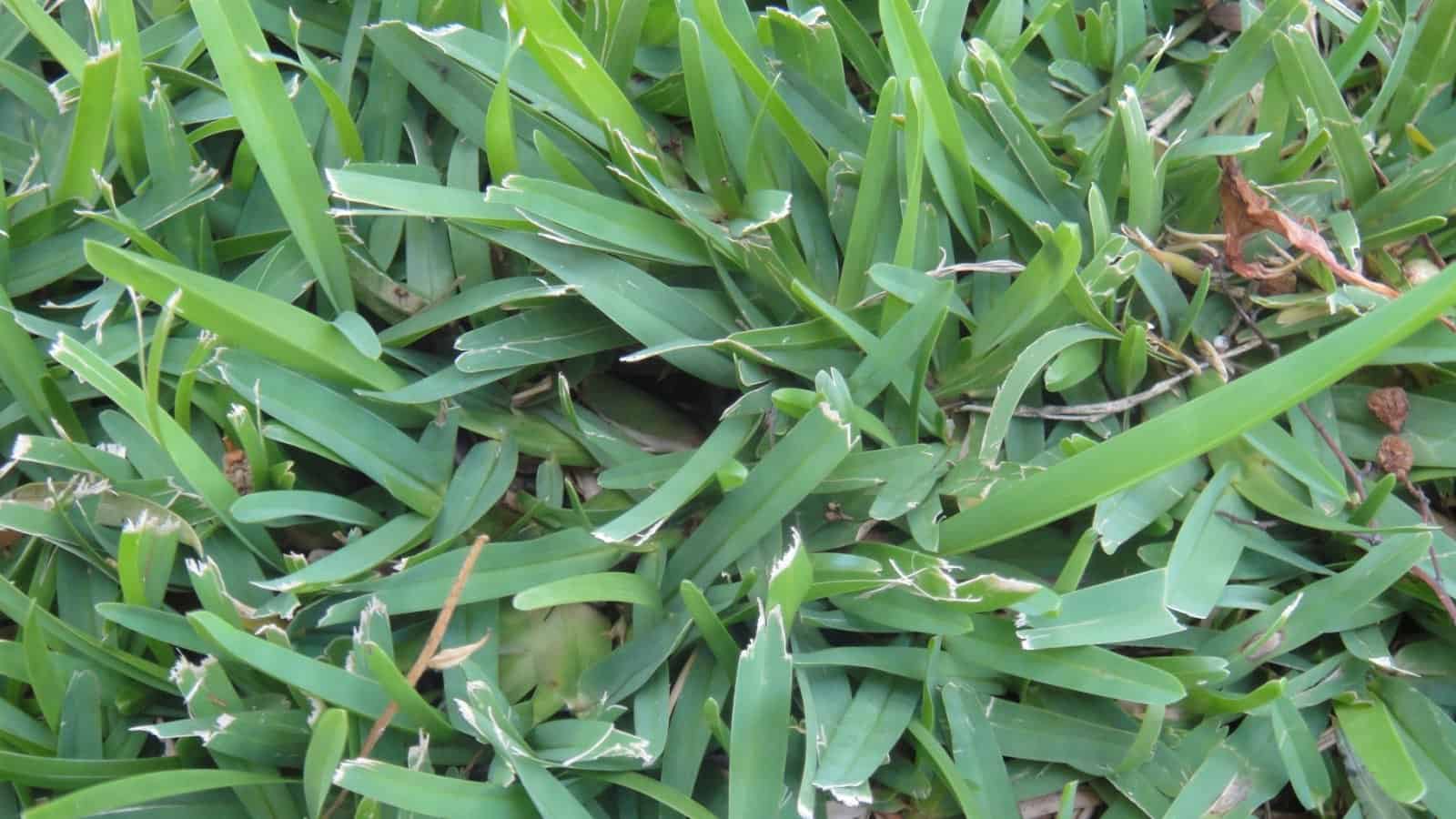
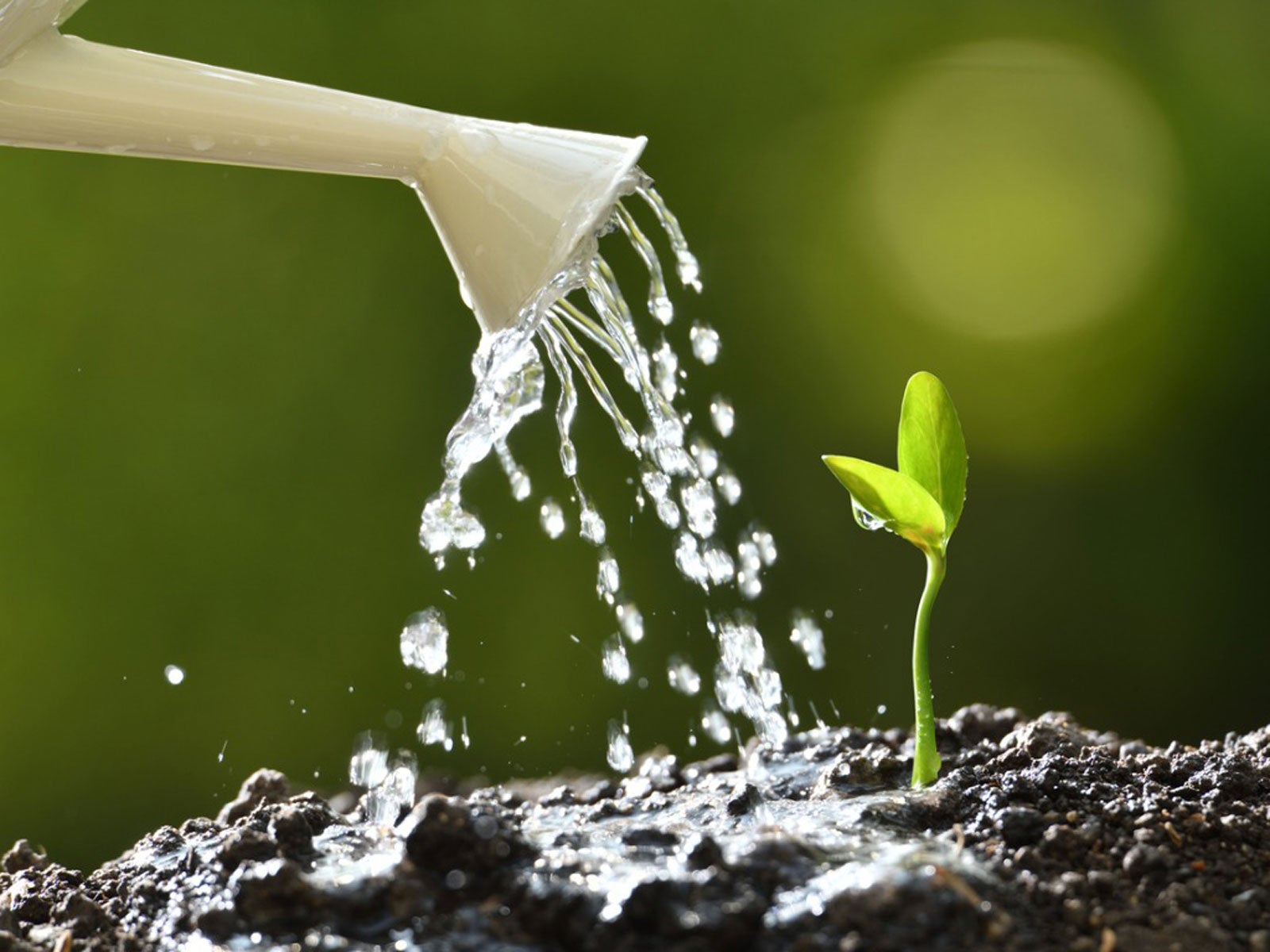
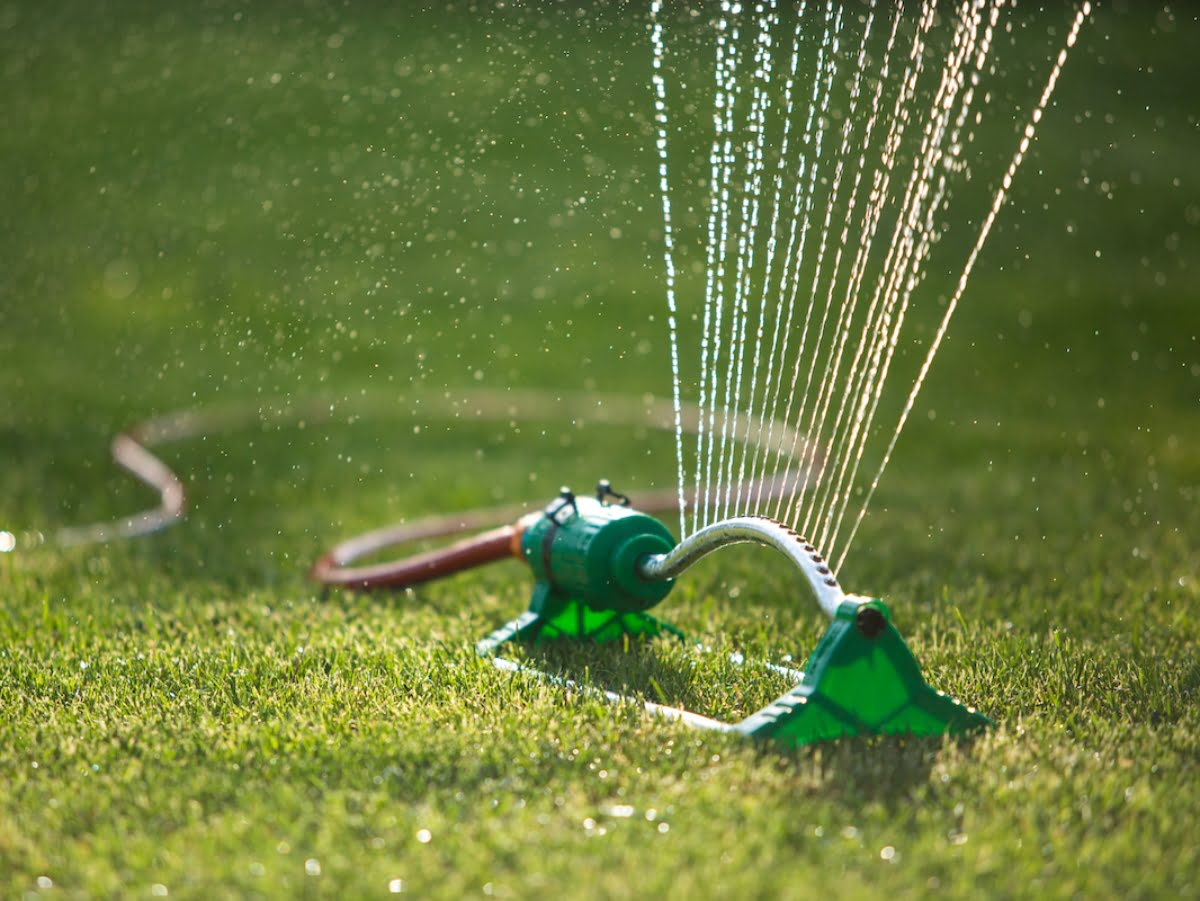
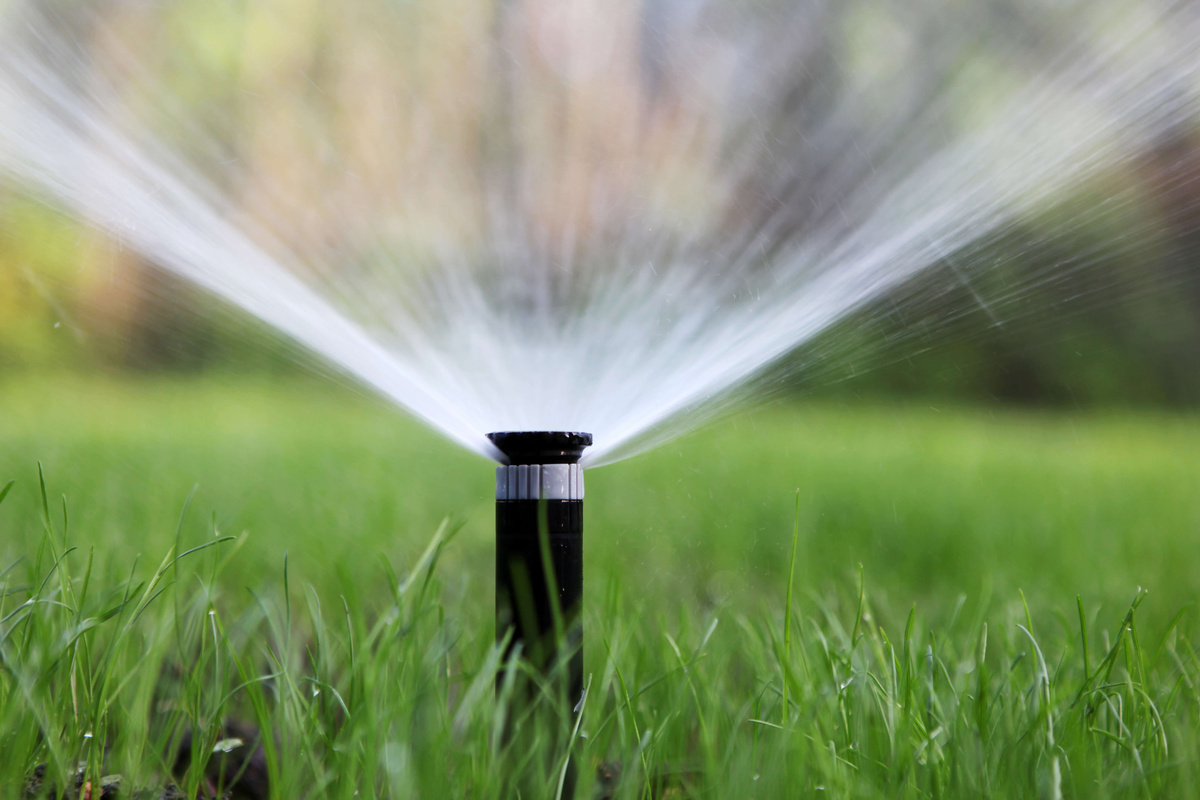

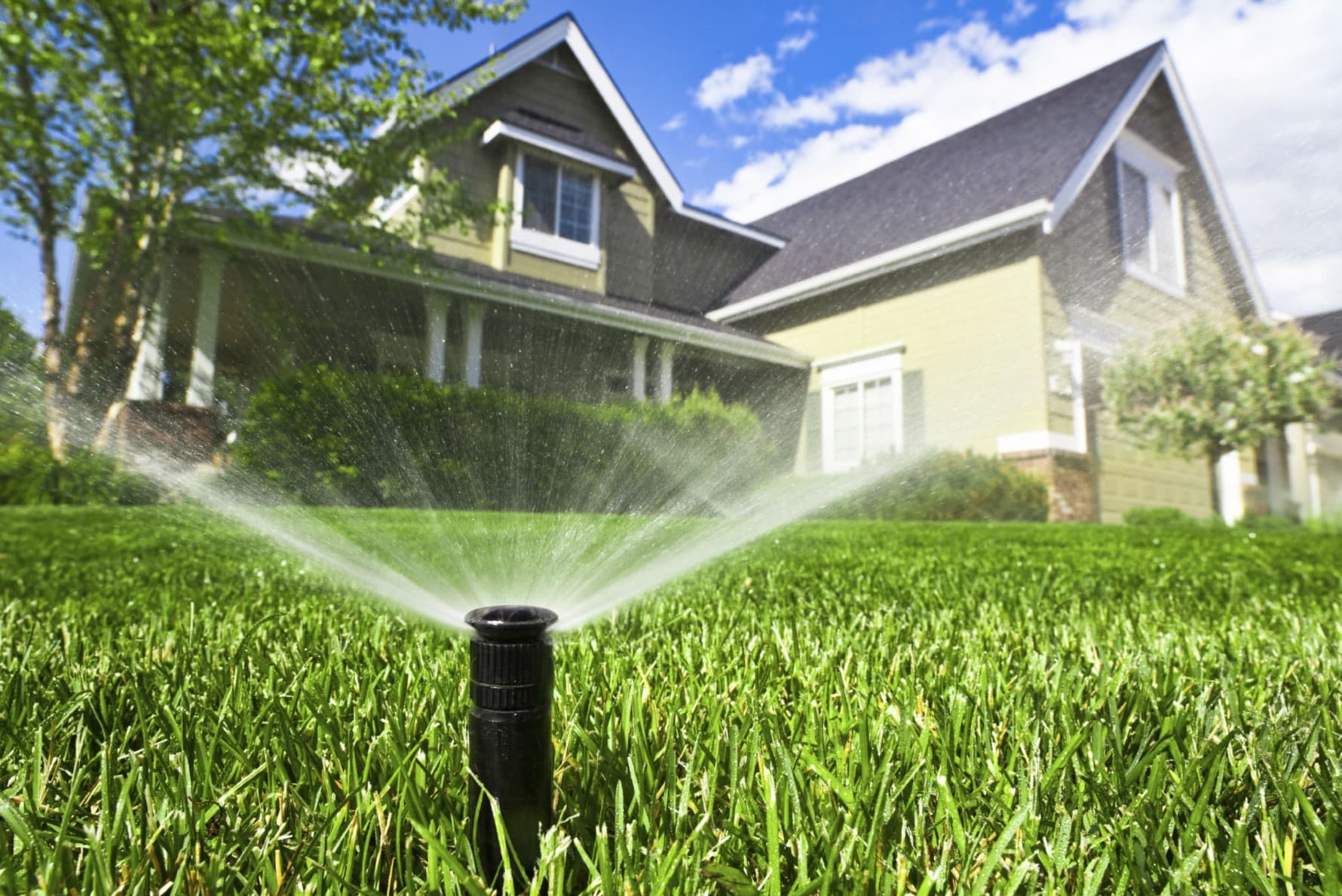

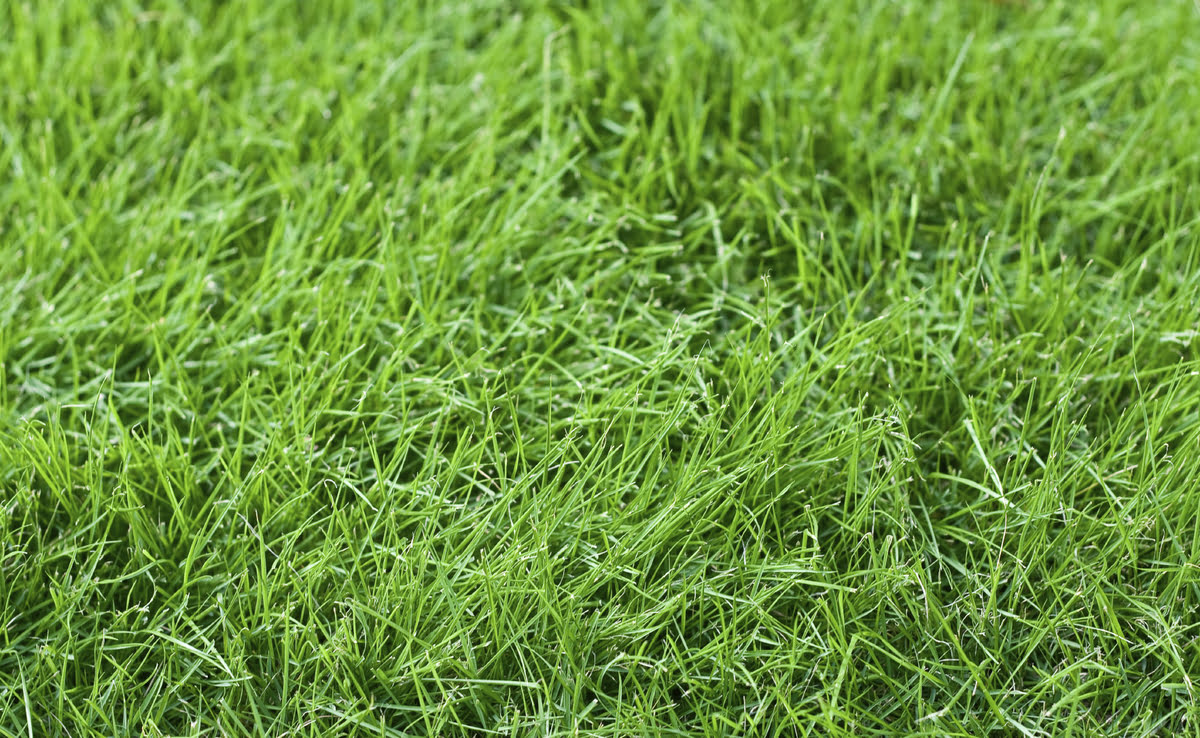






0 thoughts on “How Often To Water Grass In California”